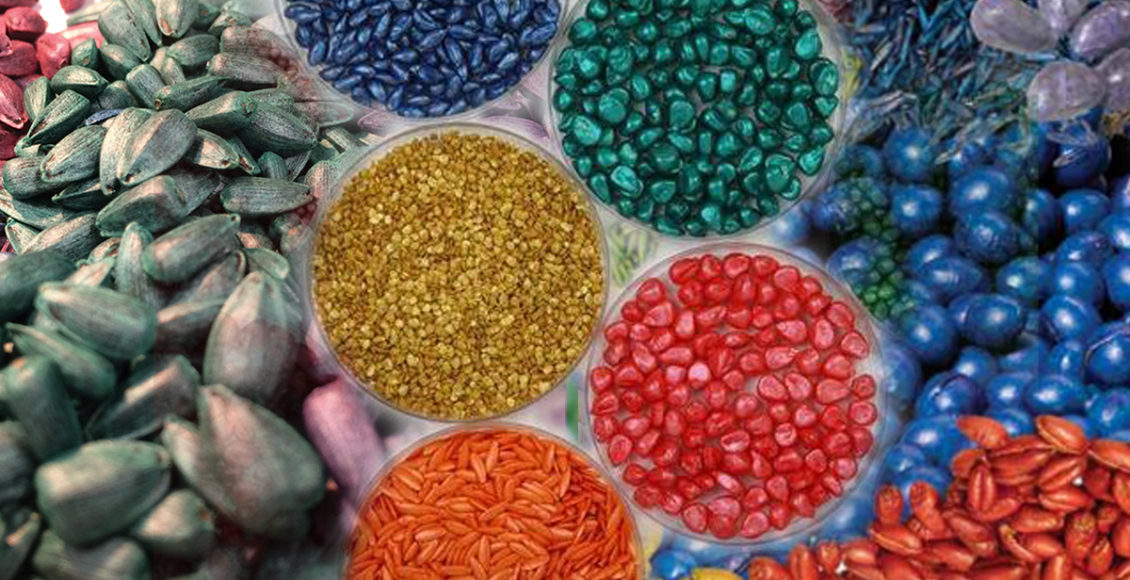
Biodegradable Seed Coatings-A Viable Solution for Microplastic Pollution!
Global seed coating market size was accounted for a value of USD 1.8 billion in 2019 and is projected to grow at a CAGR of 8.5% from 2019, to reach a value of USD 3.0 billion by 2025. Increasing demand for high-quality seeds, protection from pests and diseases, easy handling, and flowability through planters are the key factors driving the seed coating market.In India too, the market has been growing as seed companies have been adopting this technology.
The research efforts of the seed industry are focussed on protective treatments (e.g., insecticides and pesticides), seed bulking, and enhancement for marketing purposes.Seed coatings help to raise the commercial value of seeds and offer business opportunities. The most reported types of seed coating are seed dressing, film coating, and pelleting, of which film coating of agronomic seeds is now widely accepted in modern agriculture for protecting seeds and seedlings from diseases and pests. Even with the recent advancements in seed treatment technologies and the availability of polymers and coating agents with high adherence to seeds,abrasion of seed coating can occur which may result in variable amounts of detached small-sized fragments entering the soil, termed as microplastics. The current widespread use of oil-based synthetic coatings with limited biodegradability on seeds contributes strongly to microplastic pollution. These non-biodegradable seed coatings can make their way into our food systems through terrestrial and aquatic environments. Although seed treatments account for only a small fraction of microplastics in the environment, the seed industry has to play its part in reducing the impact and provide sustainable solutions. Plastic mulches, sewage sludge and compost contaminated with microplastics also contribute to microplastic pollution in agriculture.
Concerns related to the environmental impact of synthetic pesticides and advancements in the development of more effective microbial biocontrol agents have stimulated the search for new approaches in seed treatment. The use of biocontrol agents and their applications as seed treatments alone or in combination with synthetic pesticides is receiving increasing interest and opening new perspectives in the seed industry. Biological seed coatings can be an alternative to conventional seed treatment due to its ecological safety and also provide dust reduction solutions. Bioplastic coatings containing spores of the plant-growth-promoting fungus, Trichoderma harzianum, Bacillus species and other microorganisms, mainly filamentous fungi, including Aspergillus spp., Penicillium spp., Fusarium spp., etc., have shown the capability to rapidly degrade starch-based bioplastic matrices. Environmental stability is an issue in the case of coatings that incorporate biocontrol agents. It is desirable for the coating to degrade in a manner that provides a nutrient source which helps the biocontrol agent to establish in the soil after planting.
To summarize,biodegradable polymers like starch based bioplastic formulations would be a better alternative to offer a viable solution to the issue of seed coating microplastic pollution. Incotec, the seed enhancement company is working towards developing microplastic free alternatives. Their first microplastic-free alternatives will be available in 2020 and a complete range will be available in 2021/2022. Moving forward, it is also important that consumer awareness around microplastic pollution increases and at the same time regulatory authorities start making tangible proposals to limit the amount of microplastic particles entering our environmental systems.
Author
 Grow Beyond
Grow Beyond 

